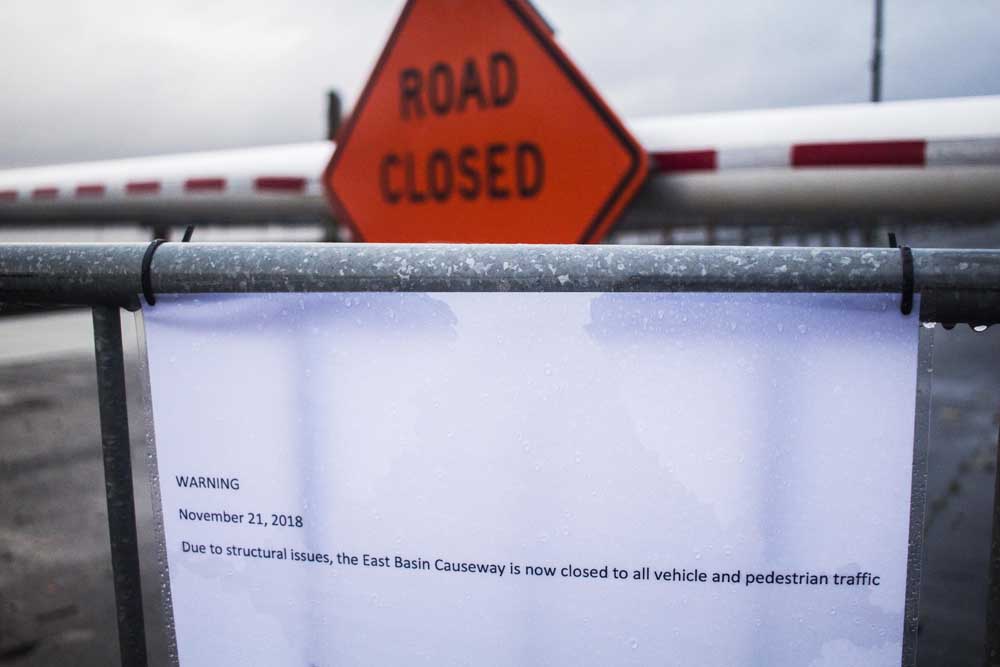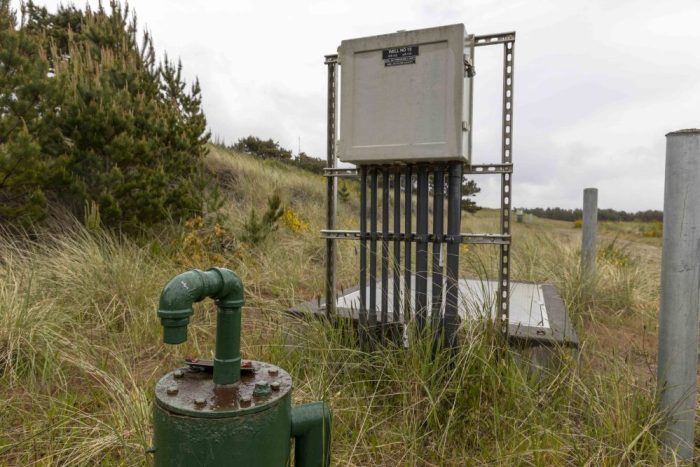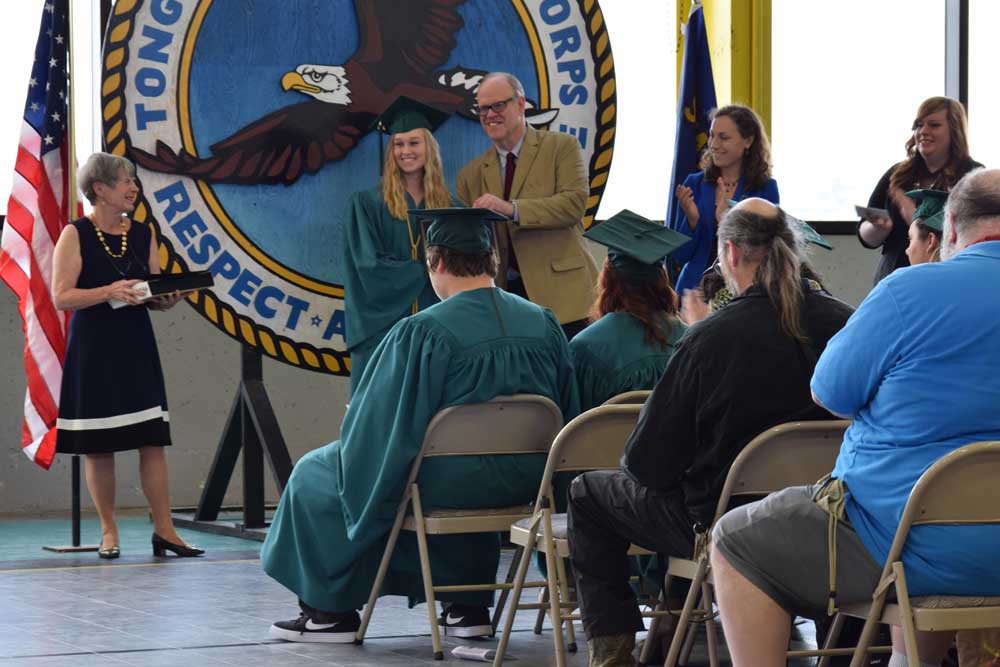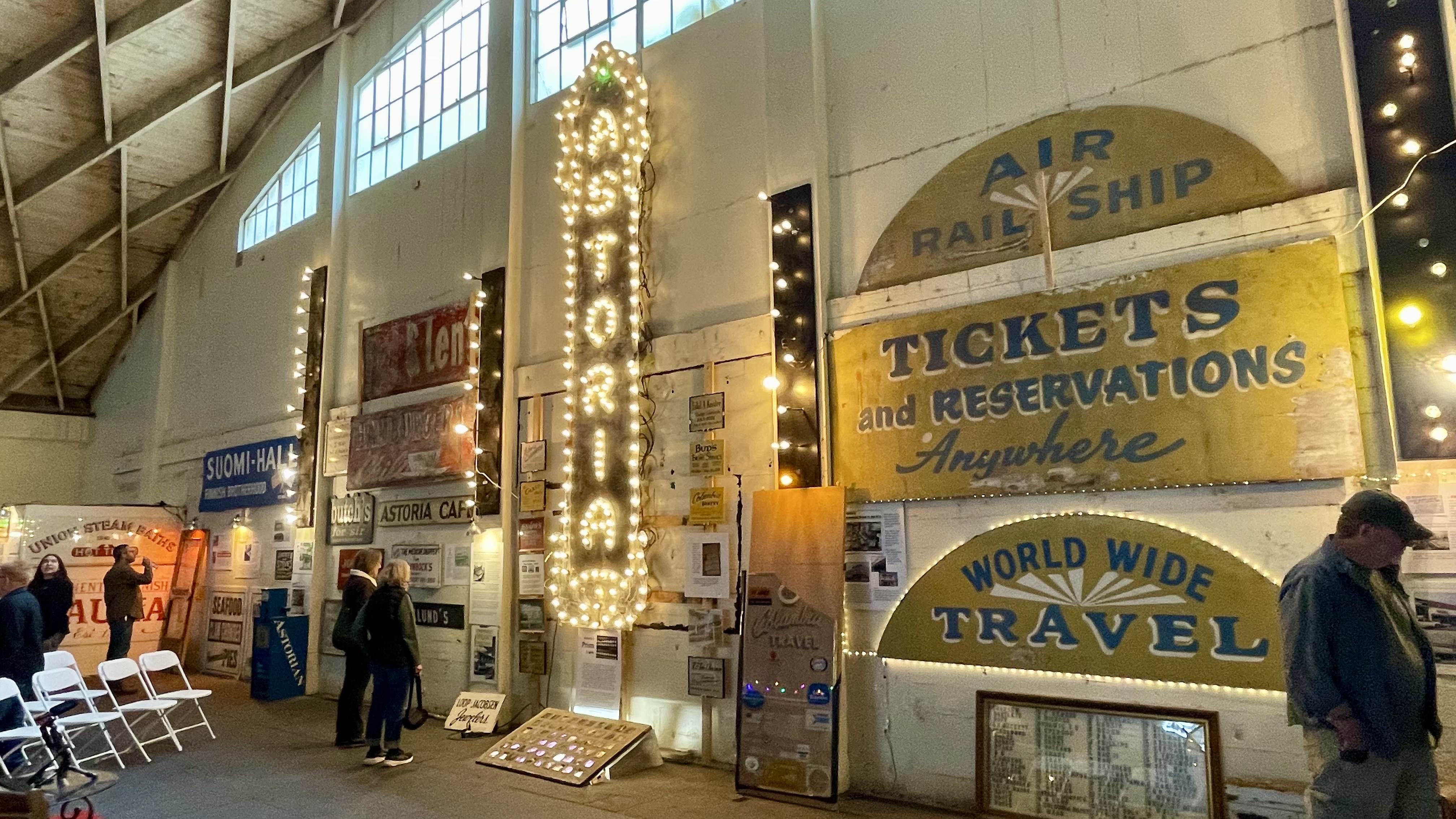Boat owners angered by Port’s troubles
Published 3:38 am Thursday, November 29, 2018

- The Port of Astoria has closed the East Mooring Basin causeway because of a rotten substructure.
The commute of Dave Densmore and his partner, Renee Ruscoe, two of the dwindling number of tenants at the East Mooring Basin, has become a bit more challenging.
The Port of Astoria last week closed a causeway running through the heart of its marina because of a rotting substructure. Instead of walking, the couple has to board a skiff at a boat ramp next to the causeway. Their live-aboard boat, the Aquarian, is on the opposite side of the causeway from the ramp. At high tide, the couple have to duck into the skiff as they pass under the causeway before pulling up to the boat.
Tenants of the marina have met the Port’s abrupt decision last week to close the causeway with confusion and anger over the agency’s handling of maintenance. The marina has slowly crumbled over the years, its docks taken over by sea lions following salmon runs and removed as boats continue to move away.
Vehicle traffic on the causeway has been closed for several years. The Port closed it to pedestrians after dire warnings from the state bridge engineer, Bruce Johnson, that inspectors found significant rot in many of the timbers holding the structure up. Some of the problems stem from the untreated timbers Port staff used to repair the causeway several years ago — repairs Johnson said are already rotting.
Densmore hauled out at the East Mooring Basin in the 1970s and has been there continuously since 1996.
“I’ve paid more than $60,000 in moorage since bringing my boat down from Alaska,” Densmore said. “It all goes into the general fund and elsewhere. They’ve known there was a problem here for years and it hasn’t been fixed.”
The marina was home to about 20 vessels generating an estimated $40,000 a year in revenue before the causeway’s closure. Staff have relocated five vessels to the West Mooring Basin, where the Port has reported a waiting list of more than 100 boats trying to get in.
Ruscoe and Densmore plan to stay at the East Mooring Basin as long as the Port keeps the power on. They are also encouraging other boat owners not to leave, worried the diminishing fishing presence at the marina could be blotted out entirely.
Steve Hammond, owner of the tuna boat Charlotte B, lives in Shelton, Washington, and has moored at the East Mooring Basin since 2002. He was called the morning before Thanksgiving about the closure.
Hammond has been trying to sell his boat, but said it’s difficult getting buyers out to the docks for viewing. He has looked at moving his vessel to Westport, Washington, but said most of his business is in Oregon.
Nearby marinas want significantly more money than what Hammond pays the Port, he said.
“I think that’s pretty illegal, barring access to a boat you pay moorage for,” Hammond said. “I have talked to some other tenants. Everyone seems to be afraid to make a ripple in the water.”
The state has offered to detail the most critical repairs needed to reopen the causeway to at least foot traffic, said Jim Knight, the Port’s executive director. But the Port is perpetually low on money and loathe to throw more at the failing causeway, which staff estimates will take $4 million to completely overhaul.
The Port is hoping a public-private partnership can help provide the money to improve the causeway and revitalize the East Mooring Basin. The marina was originally built as part of a post-World War II employment program to add moorage on the lower Columbia, with plans for upward of 1,000 slips.
Floyd Holcom, the owner of the Pier 39 commercial waterfront complex next to the East Mooring Basin, has long looked to build a private marina. He and architect Nik Sernande recently approached the Port about leasing the entire basin under Fishermens Wharf — Astoria. The company wants to expand the marina slips and develop floating homes, retail and eventually a cruise ship terminal along the jetty, owned by the U.S. Army Corps of Engineers.
The company is still developing a master plan, but wants to work with the Port to fix the causeway in the interim, Sernande said.
The East Mooring Basin was recently included in a federal opportunity zone meant for attracting investment from stashed capital gains. It was also recently added to the Clatsop Enterprise Zone offering property tax abatement for new development.
“This is an opportunity zone, so we would want to really take advantage of that,” Sernande said. “There’s a lot of capital gains out there that really need to get reinvested in this area.”
But investors need to understand what the investment will entail, their equity in the project and the Port’s role, he said. “We have to put together a plan that works for all parties,” he said.





